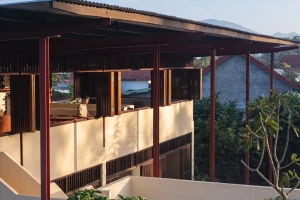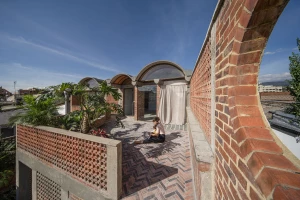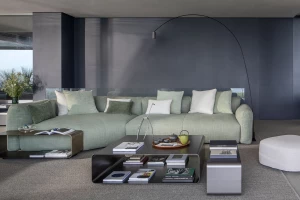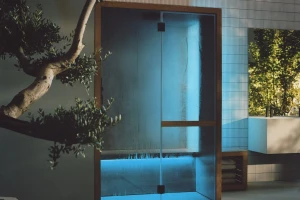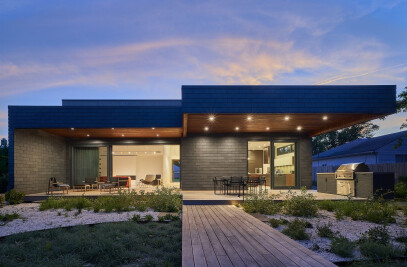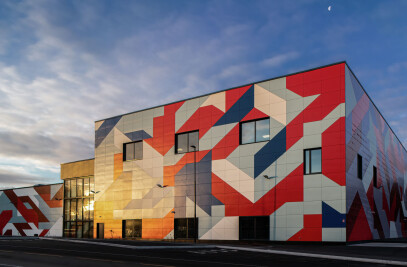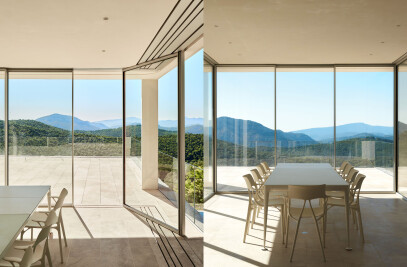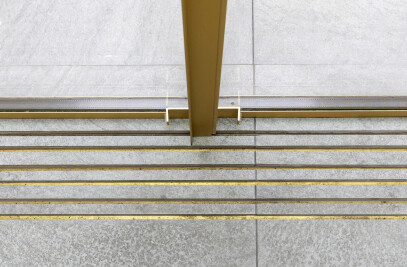A key principle of the circular economy is that materials are reused and virtually no waste is created. The design of Taisugar Circular Village by Bio Architecture Formosana in Tainan, Taiwan takes this principle into account by analyzing the building construction and deconstruction plans upfront to minimize waste. The use of a modularized design with modular building components further ensured build efficiency.

The Circular Village development comprises three ‘Circular Blocks’ being the ‘C-House’, ‘E House’ and a ‘C-Farm.’ The C-House functions as the living room of the village, the E-House as the kitchen, and the C-Farm as a garden where food is produced.

Modular building components utilized included prefabricated PC boards, metal louvres for the façade, and prefabricated floor panels for floor slabs. To design for disassembly, steel was chosen as the structural material rather than reinforced concrete.

Green and recycled materials feature throughout and include salvaged hardwood for the main structure of the E-House. Recycled railway tracks were reimagined as a fence on the ground level and wooden planks from an old building previously on the site were treated and reused as the wood frame for a pivoted door at the C-House. To reduce carbon emissions, CLT (cross-laminated timber) and recycled LED glass insulation blocks were used for the façade and internal partitions.

To further fulfil the spirit of the circular economy, ownership of the elevator, lighting, furniture, and sanitary fixtures was replaced with 'usership,' so in other words, rented instead of purchased.















